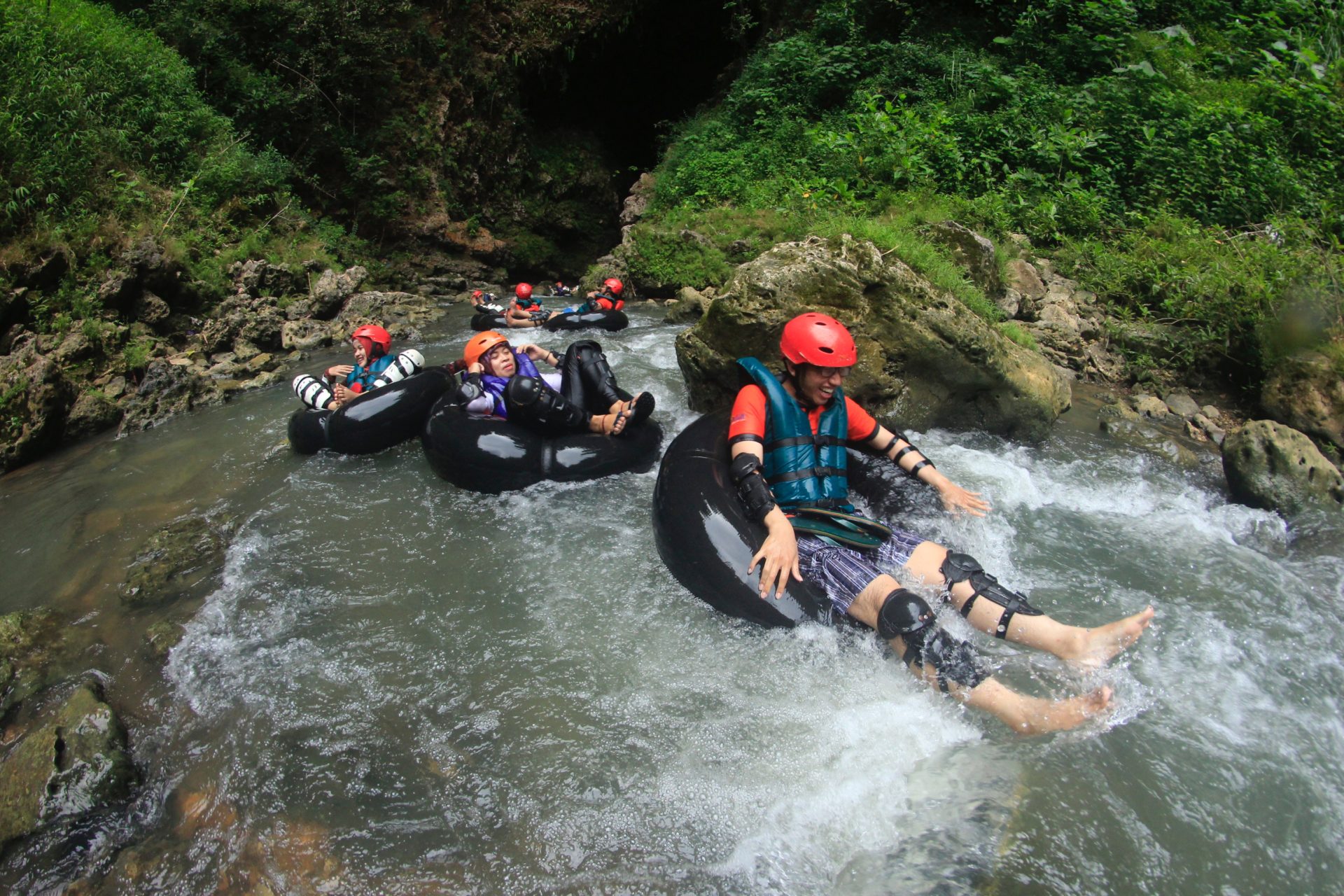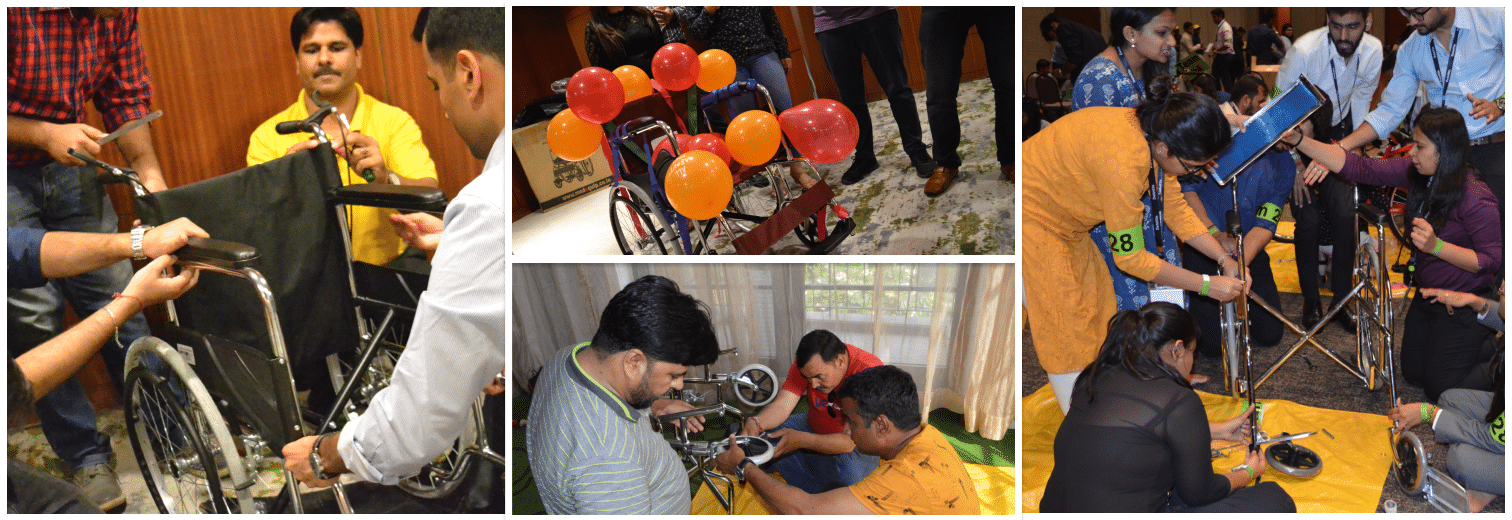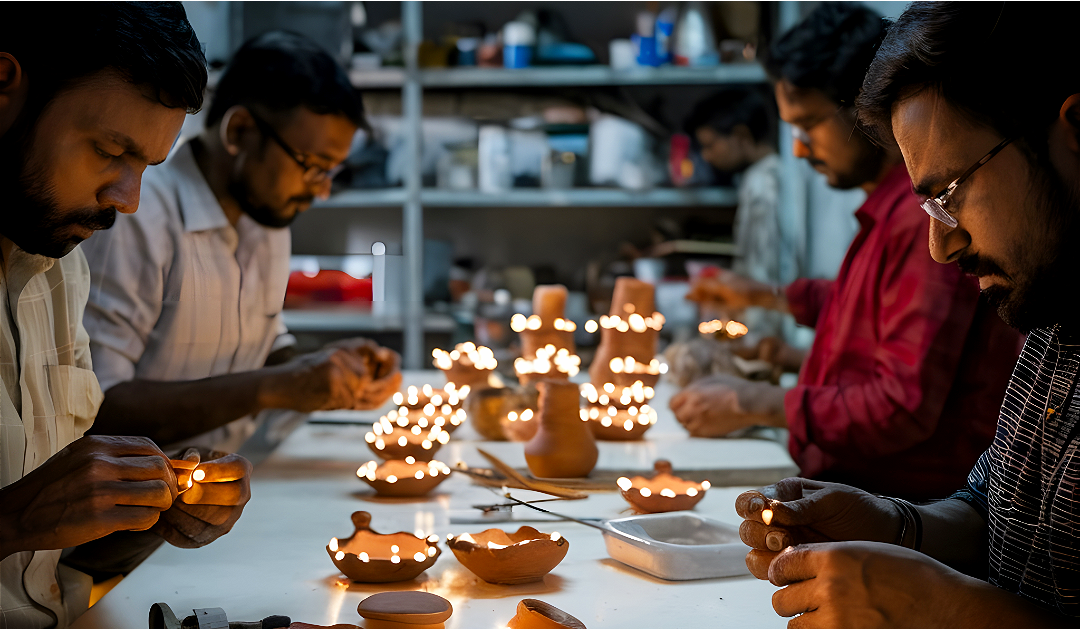Have you ever found yourself thrown into an unfamiliar situation where you had to work with limited resources, depend on others for success, and push past your comfort zone? Now imagine doing all that while floating on a raft you just built with your teammates and trying not to tip over.
That’s exactly what happened to me during the Build-Your-Raft Challenge, and I can say without a doubt that it was one of the most eye-opening corporate experiences I’ve had.
At first, the idea of constructing a raft from basic materials and then crossing a body of water on it sounded like a fun team-building activity. But as I stood by the shoreline, staring at bamboo poles, barrels, rope, and paddles, I realized this challenge was about more than fun. It was about how we behave under pressure. It was about teamwork, planning, problem-solving, and trust.
As the day unfolded, so did three powerful lessons: lessons that have stayed with me and deeply influenced how I look at leadership, collaboration, and learning at the workplace.
Lesson 1: Always Be Prepared to Navigate Uncertainty
Table of Contents
The first thing I learned or rather, was reminded of – is that things don’t always go according to plan. Life rarely gives you a perfect roadmap, and neither does work. Whether it’s a sudden project change, a client backing out, or a critical team member resigning, uncertainty is baked into the way we work today.
Building our raft was already tricky, but paddling across the water introduced a new level of unpredictability. The current was stronger than we expected. The raft wasn’t holding its form as well as we thought. A few of us began to panic slightly as the water crept in through the edges.
But here’s the thing – no one gave up. We paused, assessed the situation, and adjusted. We redistributed our weight, re-tied a few knots, and steadied the paddles.
That ability to remain calm and flexible, especially when things veer off course, is a skill every corporate professional needs. I’ve been in projects where we prepared for months only to have the scope shift two days before launch. What saved us wasn’t a perfect plan. It was the mindset that said, “We’ll adapt and figure it out.”
In the workplace, leaders and teams who can embrace ambiguity, act decisively with imperfect information, and recover quickly from setbacks are the ones who thrive.
Key takeaway: Design learning interventions that help employees deal with ambiguity, develop emotional resilience, and stay grounded under stress. Simulations, scenario-based training, or experiential workshops like the Build-Your-Raft Challenge can create safe spaces to practice those skills.
Lesson 2: Teamwork Isn’t Just About Cooperation, It’s About Interdependence
We talk a lot about collaboration in corporate settings, but this challenge taught me something deeper – that true teamwork is not just about helping each other. It’s about depending on each other.
When we began assembling our raft, we quickly realized we needed every single person on that team. Someone was good at tying knots, another at strategizing how to balance the barrels, and someone else had the physical strength to haul things into place. We could not afford to leave anyone out. And once we were on the water, our success literally depended on every paddle moving in sync.
This kind of interdependence mirrors real workplace dynamics. Think of cross-functional projects – marketing working with product, HR with finance, operations with customer service. When departments or individuals try to go it alone, things break down.
Activities like Knowing Me, Knowing You build awareness of individual working styles, enabling teams to deepen trust and collaborate more effectively across silos.
I’ve seen it firsthand. A well-meaning leader might try to solve a problem solo, thinking they’re being efficient. But they often end up overwhelmed, or worse, making decisions without crucial input. On the flip side, when teams understand and embrace their interdependence, magic happens. Information flows better. Ideas evolve faster. People feel ownership.
Leadership insight: If you want your team to be more effective, don’t just assign tasks. Create a culture where people rely on each other, ask for help, and see success as a shared outcome.
Try this: In your next project debrief, ask team members to name one person without whom their part of the task would not have been possible. It’s a simple way to highlight how deeply we’re connected in our work.
For those looking to deepen these dynamics in real time, activities like Team Building Interventions help people move beyond surface-level collaboration to build genuine trust and alignment.
Lesson 3: Resource Constraints Can Be the Source of Innovation
Here’s the thing about building a raft – you don’t get unlimited materials. You get what you get. A few barrels, some rope, a pile of bamboo, and your imagination.
Initially, this limitation felt frustrating. We had big ideas, but the materials didn’t seem to support them. However, as we started working together, something surprising happened. The constraints actually sparked creativity. We began looking at the materials differently. That knot wasn’t just a knot, it was a joint. That loose rope wasn’t waste – it was a tension stabilizer.
In the corporate world, we often complain about resource limitations. Not enough people. Not enough budget. Not enough time. But I’ve seen some of the best innovations emerge precisely from these constraints.
A team with no design budget bootstraps a brilliant presentation using Canva and free stock images. An HR team with no extra headcount builds a powerful onboarding experience by involving senior leaders as storytellers. A startup with minimal marketing funds uses storytelling on LinkedIn to build brand equity.
The truth is, constraints force clarity. They make us prioritize. They challenge us to do more with less and that’s a muscle worth developing.
Workplace parallel: Instead of asking what’s missing, ask what’s possible with what we already have.
L&D application: Consider including problem-solving challenges in your learning programs where teams have limited tools or time. These constraints simulate real business environments and help employees build agile thinking.
A Deeper Reflection: The Moment That Shifted Everything
There was a moment during our raft challenge that I’ll never forget. We were about halfway across the water. The sun was blazing. Our arms ached from paddling. Tensions were starting to rise.
One teammate snapped at another for slowing down. Someone else looked like they were about to give up. But then, someone, I don’t even remember who, cracked a joke. We all laughed. For just a moment, we forgot the stress.
And that’s when we started paddling together again, in rhythm, laughing and sweating our way forward. We made it to the finish line not because of our technical prowess, but because we chose connection over conflict.
That’s leadership, in a nutshell. It’s not always about skill. Sometimes, it’s about heart. It’s about keeping people together when it’s easier to fall apart.
If you’re designing a team offsite or a deeper developmental intervention, FocusU’s Team Bonding Programs offer a wide range of experiential formats that bring these lessons to life in meaningful ways.
Final Takeaway: Beyond the Water, Into the Workplace
The Build-Your-Raft Challenge is more than a fun offsite activity. It’s a powerful metaphor for the modern workplace.
Today’s business environment is volatile, ambiguous, and ever-changing. Teams are expected to innovate, adapt, and perform, often with limited resources and tight timelines. Leaders are under pressure to engage, develop, and align their people.
In this context, activities that simulate real-world constraints and require true collaboration are more than just “team bonding.” They’re essential learning labs.
Through this challenge, I re-learned three key lessons that I now try to apply in every project:
- Prepare for the unpredictable. You won’t always control the waters, but you can train yourself to respond, not react.
- Value interdependence. True success is rarely a solo effort. Teams that trust each other move faster and go farther.
- Use constraints to innovate. Scarcity can be a catalyst for creativity – if we choose to see it that way.
And perhaps the biggest learning of all? When the raft starts rocking, don’t forget to laugh. That one moment of shared joy might be the glue that holds the whole team together.





